The financial services industry is embracing a significant change with the rise of interactive banking. This new era blends the reliability of traditional services with the advantages of modern technology, creating a more efficient and engaging experience for bank customers and credit union members. Interactive banking is a direct response to the evolving needs of today’s tech-savvy customers who desire more personalized and accessible services.
In this article, we’ll explore the technologies fueling this shift and their implications for the future of banking. We’ll look at how these innovations enhance customer and member interactions, streamline operations, and set new standards for the financial industry.
4 key benefits of interactive banking
Interactive banking is transforming the way financial services operate, offering a range of benefits that significantly enhance the customer experience. This approach utilizes technology to make customer interactions with their financial institutions both simpler and more meaningful.
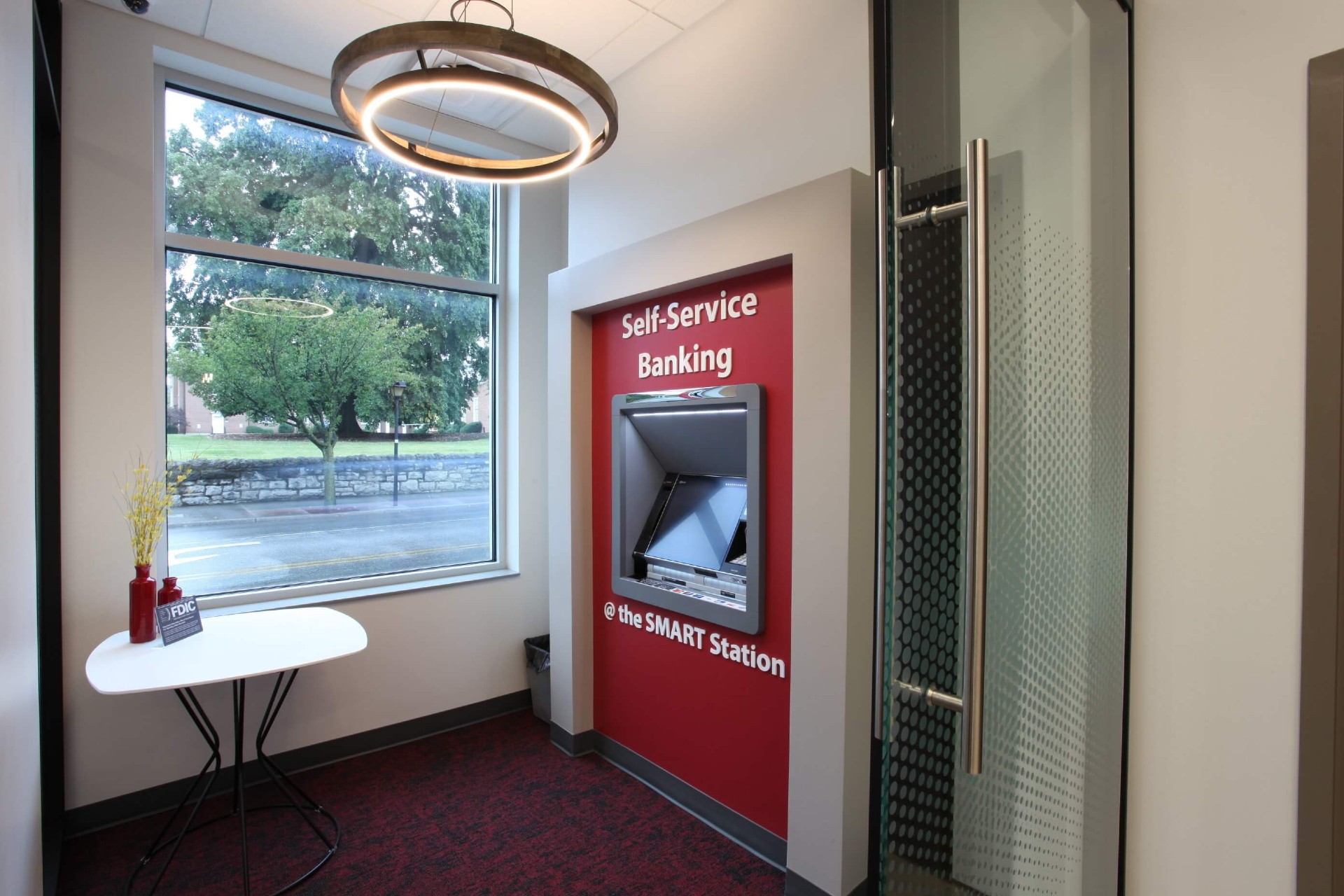
Here are some of the advantages banks and credit unions get when they prioritize interactive banking:
- Increased Customer Engagement
Interactive banking fosters a two-way dialogue between banks and customers. Technologies like interactive teller machines (ITMs) and digital kiosks transform routine transactions into engaging, personalized experiences that enhance customer engagement. - Personalized Financial Services
Interactive banking harnesses data analytics and artificial intelligence to provide financial solutions that cater to individual needs and goals. This customization makes banking more relevant and personal for each customer. - Streamlined Transaction Processes
The efficiency of interactive platforms simplifies transaction processes, saving time for customers and optimizing bank operations. This shift brings convenience to the forefront of customer service. - More Knowledgeable Customers and Members
Interactive banking equips customers with self-service options and educational tools, enabling them to manage their finances independently. This approach benefits customers and allows bank staff to focus on complex advisory services, enhancing the overall quality of banking services.
Next, we’ll examine how a specific solution — touchscreen technology — drives customer engagement in the banking sector.
how touch screens are driving customer engagement
The introduction of interactive touch screens in bank and credit union branches is a significant leap from traditional banking methods to an era where technology enhances customer interaction. These digital screens, ranging from interactive panels to video walls, do more than display information; they engage customers in a dynamic and immersive way reminiscent of digital signage techniques popular in retail sectors.
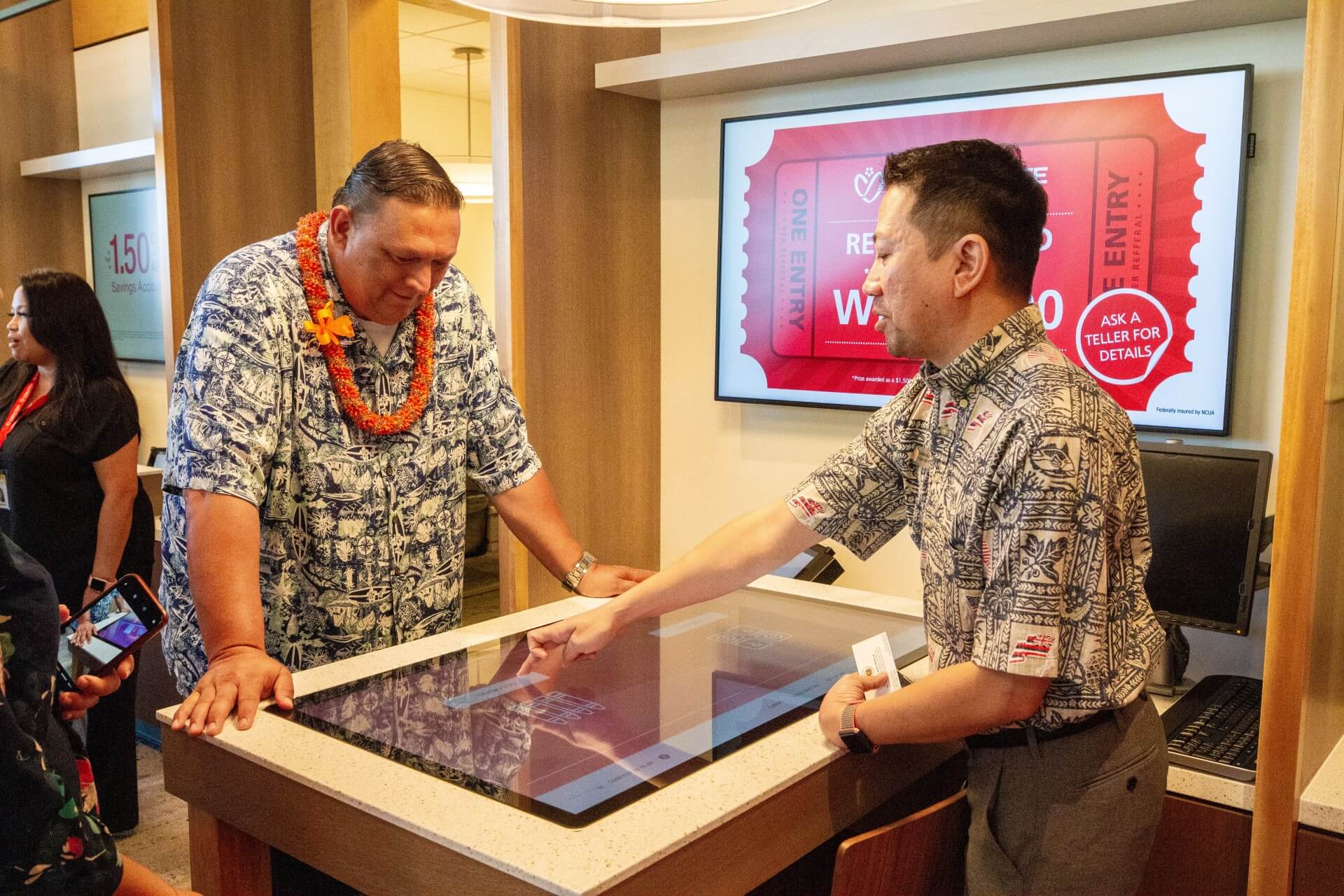
Especially appealing to the younger, tech-savvy generation, touch screens are critical in meeting their expectations for a modern banking experience. They offer more than just visual appeal; they provide practical solutions for efficient and engaging banking services. Technology integration helps customers easily navigate their banking needs, from finding information to completing transactions.
The advantages of interactive touch screens are manifold. They enhance the banking experience by making it more intuitive and accessible, facilitating self-service, reducing wait times, and providing personalized interactions. This boosts customer satisfaction and streamlines banking operations.
As banks continue to embrace these technologies, they’re not only catering to current customer preferences but also paving the way for future innovations in customer service, as evidenced by several successful real-world applications. For example, by analyzing which self-service activities customers engage in, banks can implement targeted marketing strategies. This data-driven approach allows for the customization of services and products to better appeal to individual customer needs and behaviors.
how to implement interactive banking in branches
The successful implementation of interactive banking in branches hinges on a few key strategies, each aimed at aligning technology with customer and staff needs.
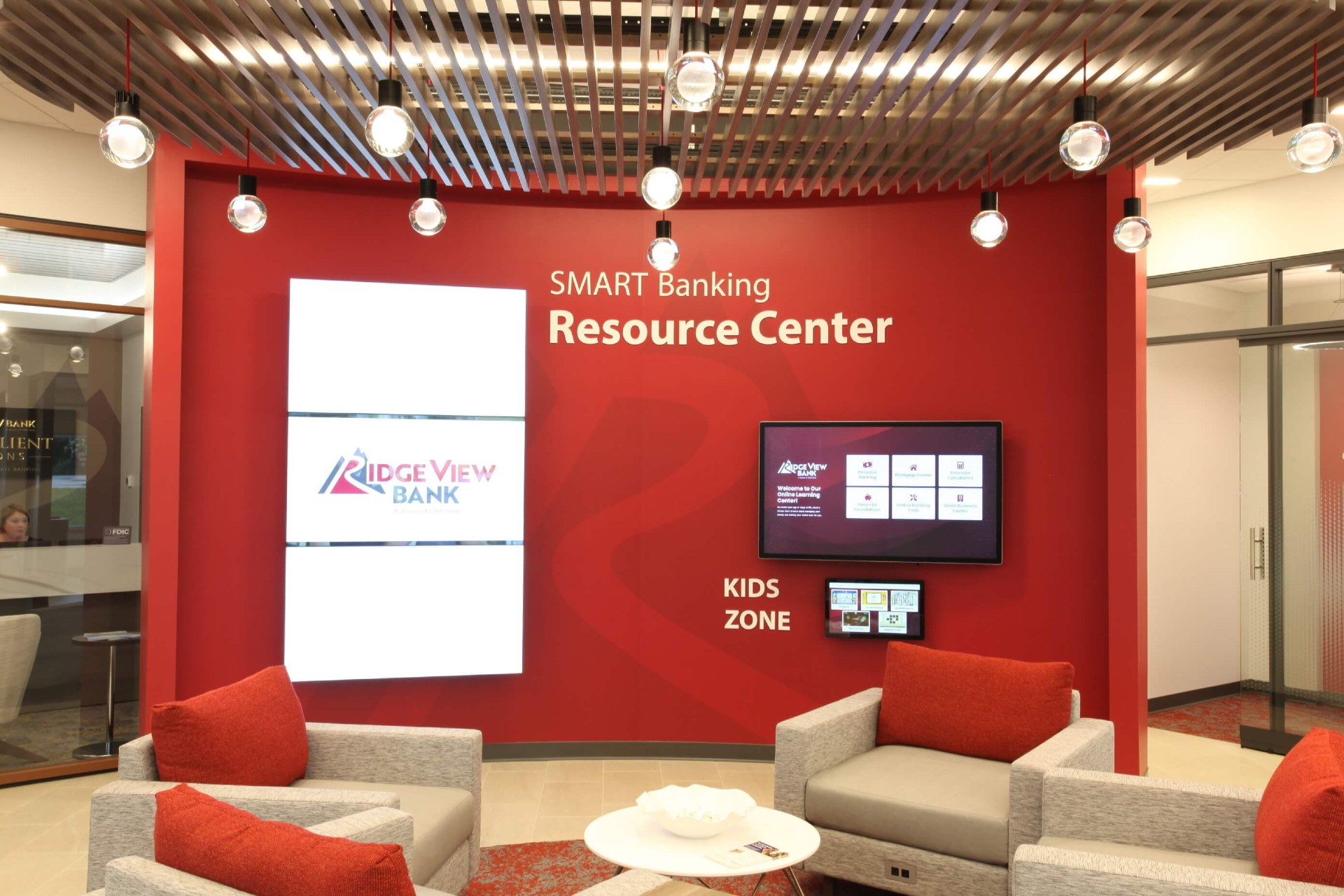
Strategy 1: Assessing Customer Needs and Preferences
Understanding customer requirements is critical for a smooth transition to interactive banking. According to top consulting firm McKinsey, banks and credit unions need to:
- Enable easy access: Streamline processes such as digital enrollment, login, and pre-authentication to make the transition to digital platforms seamless.
- Educate customers: Use marketing and communications, including how-to videos on websites and mobile apps, to inform customers about new digital features and offerings.
- Redirect to digital channels: In-branch and call center strategies like digital tutorials and co-browsing — where agents and customers navigate a webpage simultaneously — can guide customers toward digital solutions.
- Motivate staff: Encourage bank employees to direct customers to digital channels; employ incentives and recognition programs as positive reinforcement.
- Nudge customer behavior: Utilize reminders in statements, emails, or gamified experiences to gradually shift customer habits towards digital interactions.
Strategy 2: Technology Integration
Setting up the appropriate technological infrastructure is integral to interactive banking. This involves installing advanced hardware, such as interactive teller machines and touchscreens, and providing robust software support for seamless digital services. It’s essential that this technology is secure, user-friendly, and reliable.
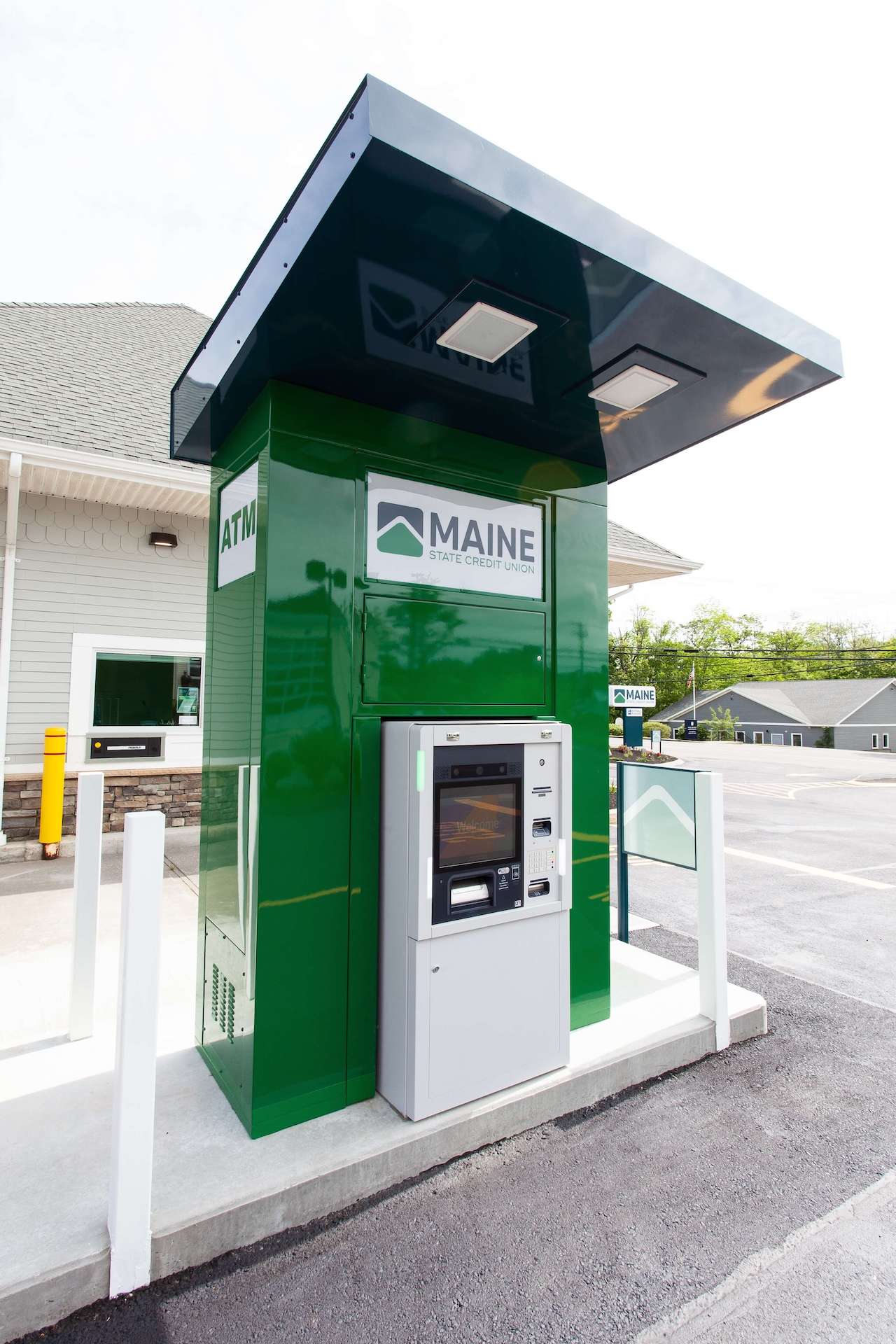
Strategy 3: Training and Support
Equally important is investing in comprehensive training and support for bank and credit union staff. Employees should be well-versed in operating the new technology and guiding customers through the digital transition. Ongoing support and updates are necessary to keep both staff and customers comfortable and confident in their ability to use the new systems.
Focusing on these areas enables banks and credit unions to integrate interactive banking into their branches, enhancing the customer and member experience and modernizing their operations at the same time.
real-life examples of successful interactive banking
At Element, our digital solutions are designed to revolutionize the banking experience. Our comprehensive services include digital strategy, digital signage, interactive touchscreen technology, video walls, and video conferencing solutions. We focus on enhancing customer engagement, strengthening brand recognition, and boosting product awareness. With our expertise in content development, management, and technical support, we deliver customized, interactive digital experiences tailored to the unique needs of each financial institution.
Our recent projects with Idaho Central Credit Union and Copper State Credit Union showcase how interactive banking can revolutionize customer and staff experiences.
Idaho Central Credit Union
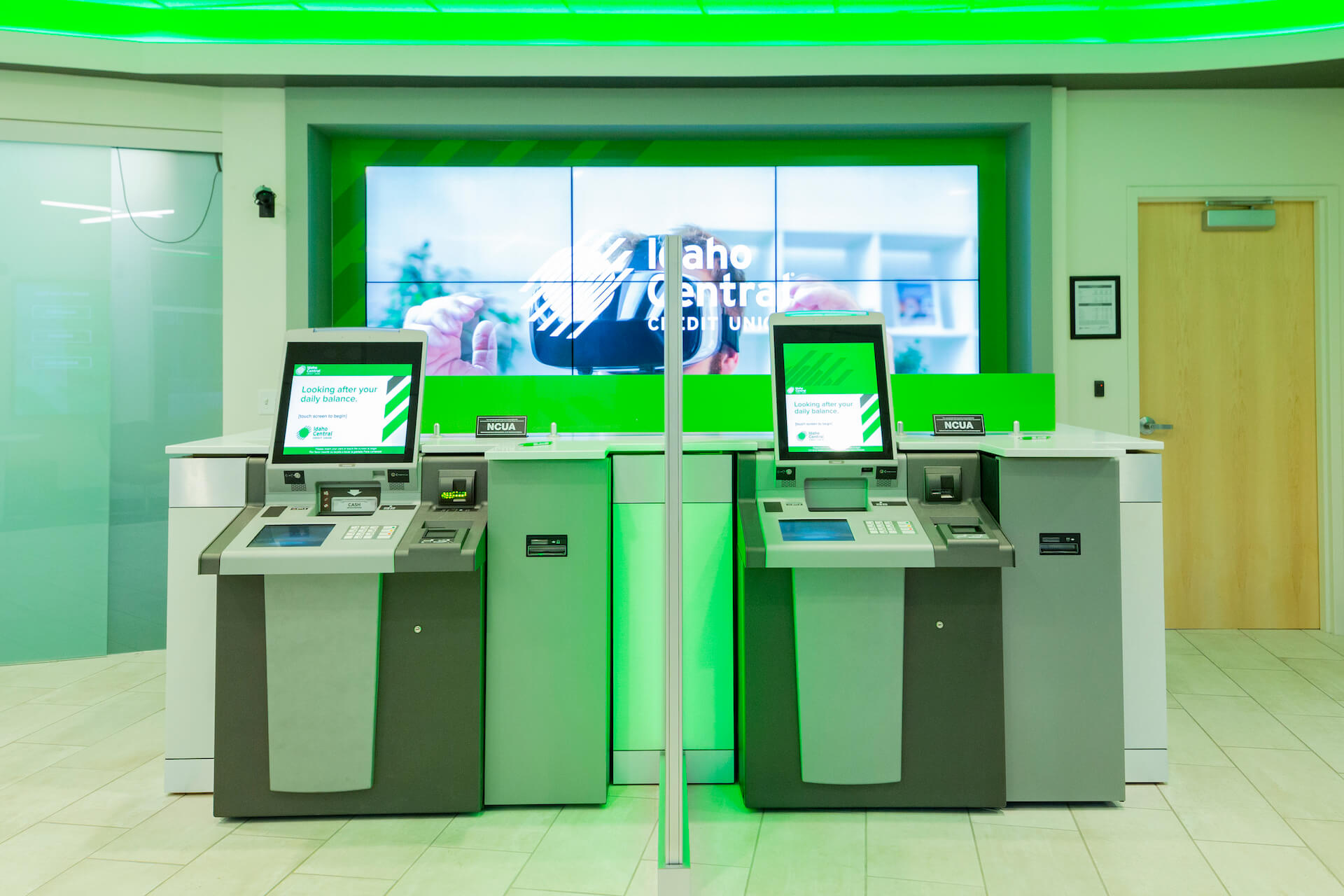
Our project with Idaho Central Credit Union in Rexburg, Idaho prioritized creating a modern, tech-forward environment for a demographic that skews collegiate. Our signature design included touchscreens, video walls, a virtual reality experience, and a 3D printer, establishing the branch as a dynamic community resource. This approach was rooted in providing an engaging, technology-driven experience, effectively catering to the needs of the younger demographic and exemplifying our commitment to innovative credit union technology.
Copper State Credit Union
With the Copper State Credit Union project, we focused on embodying the strength and connectivity symbolized by copper in our design and technology implementations. Following the merger of Canyon State Credit Union and Deer Valley Credit Union, we aimed to reflect their combined strength, unity, and efficiency in our solutions. Our approach included enhancing financial education, developing a cohesive company culture post-merger, fostering employee performance and wellness, and delivering a new experience through digital signage, interior design, and environmental graphics.
These examples highlight our commitment to using interactive touch displays and digital signage to innovate in the banking sector, enhancing customer satisfaction and operational efficiency.
embracing interactive technology
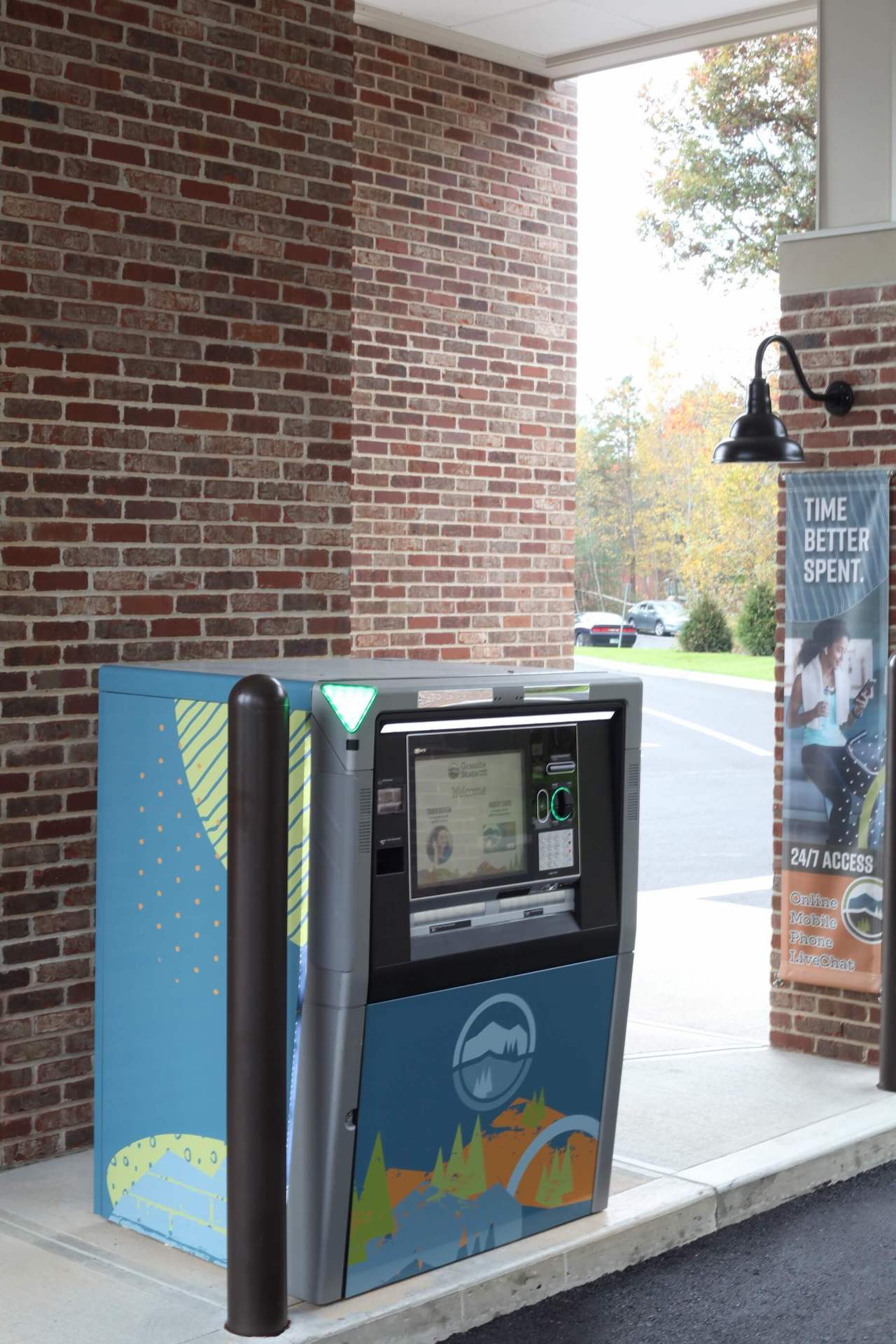
Interactive banking represents a significant shift in the financial landscape that enables financial institutions to transform customer and member experiences. Adopting these innovative technologies and staying ahead in a rapidly evolving digital world gives banks and credit unions a competitive edge. For financial institutions ready to embrace interactive banking, the rewards are considerable, encompassing heightened customer engagement, streamlined operations, and superior service offerings.
The Element Group is at the forefront of this transformation. Reach out to discover how we can help you explore the vast potential of interactive banking solutions.
